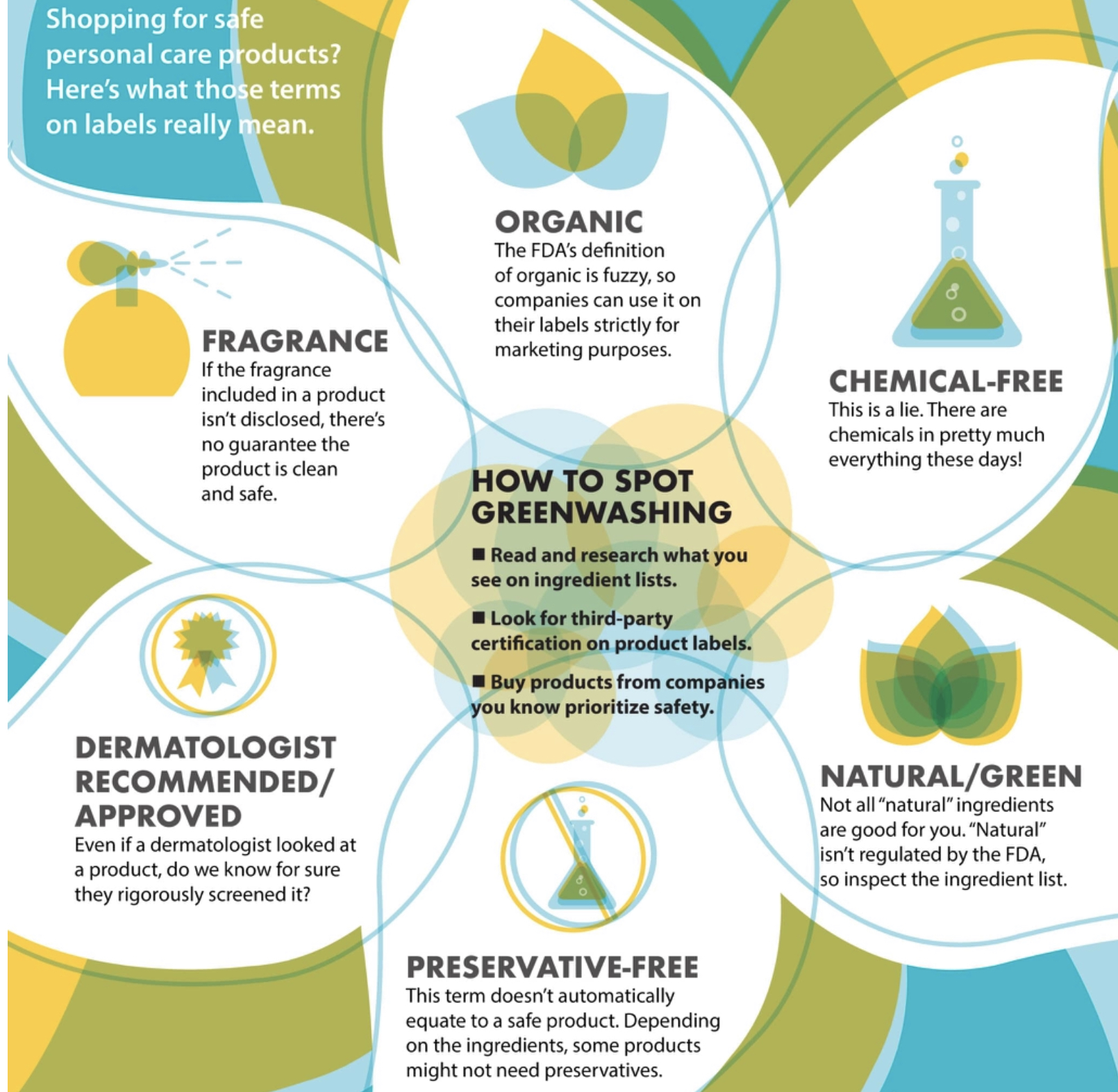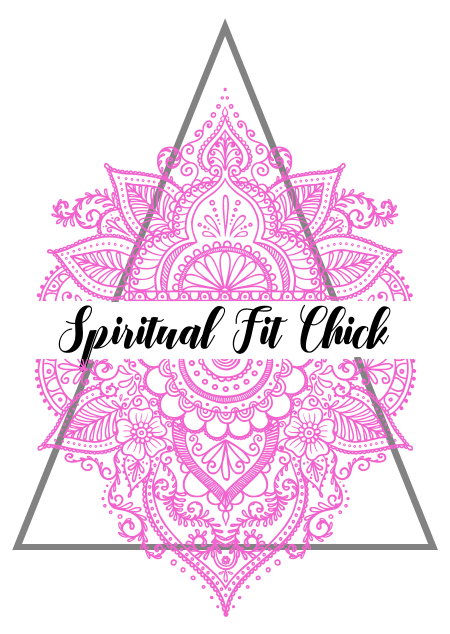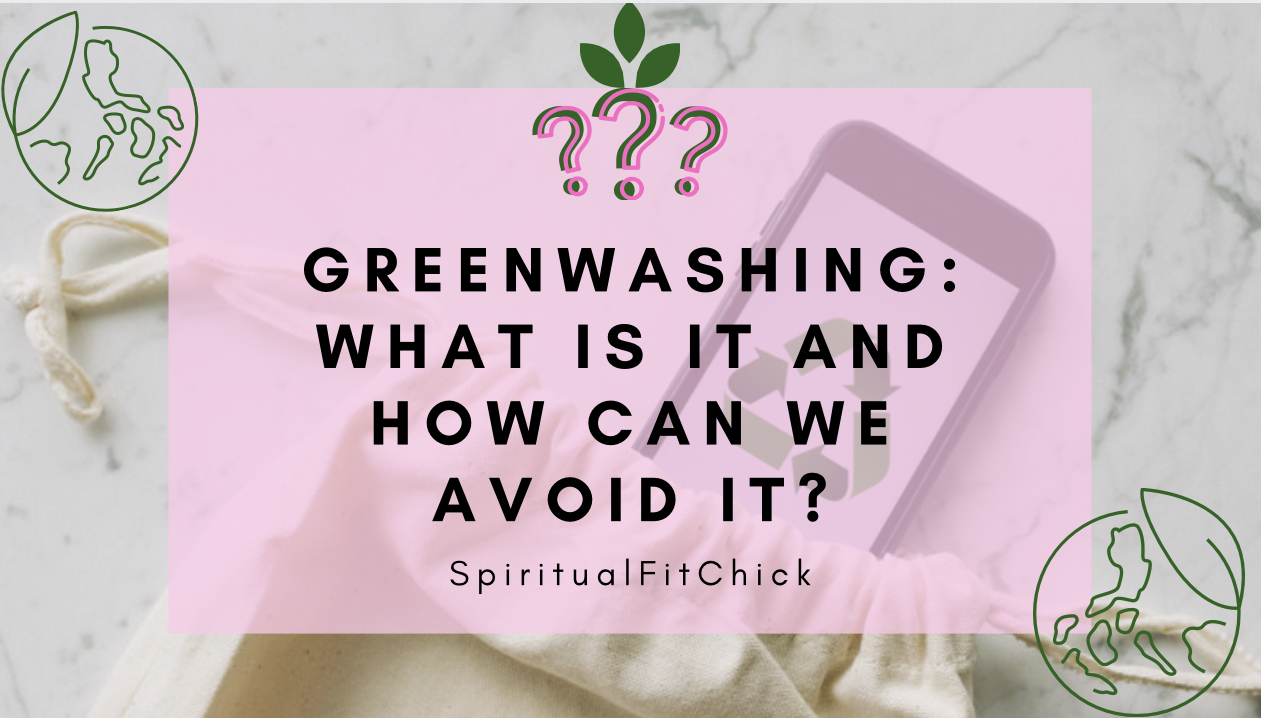Toxin Free Living
Let’s Talk: GREENWASHING
Greenwashing for those who have never heard this term before by definition is this: the process of conveying a false impression or providing misleading information about how a company’s products are more environmentally sound. Greenwashing is considered an unsubstantiated claim to deceive consumers into believing that a company’s products are environmentally friendly and or non-toxic.
Essentially this is another form of toxic marketing to try and reach the consumers who care about the environment and their health by finding legal loopholes to labeling their products. Greenwashing shows up in a brand’s advertising campaign or marketing copy. They might use buzzwords like “eco-friendly” or “green,” so consumers are misdirected into making what they think is the more sustainable choice. For example, the meat and dairy industry often uses labels such as “sustainable,” “ethical,” and “free-range,” to communicate a sense of kindness and responsibility. And when in reality, we know that regardless of how they are labeled its undeniable the negative environmental impact it truly has.
Greenwashing can also look like a label stating that packaging is “made with recycled materials” or that a snack is made with “sustainably sourced ingredients.” A company might also claim that it incorporates “sustainable” business practices without providing information on how it’s reducing its environmental impact. This lack of information is key to spotting greenwashing- when you look at a companies website or business as a whole be sure to look deeper than the front page’s claims and don’t be afraid to ask questions as to where they source their ingredients or materials. In short, looking for full transparency is the goal.
Most greenwashing takes place right on the packaging. This is when companies make claims for the sake of looking better than other options. A good example is chlorofluorocarbons (CFC), a chemical that contributes to ozone depletion that has been banned for 30 years. Because it’s CFC is already illegal, companies that put “CFC-free” on the packaging are making an irrelevant claim. This is the most common in disinfectants, insecticides, and lubricants. An example of this happening in food would be putting “cholesterol-free” on peanut butter. Plant-based foods are free from and help lower cholesterol. While it’s true that peanut butter is cholesterol-free, it’s not unique.

To those interested in sustainability and toxin free living, you can see how frustrating this can be when looking for better alternatives. Greenwashing has been going on for years and years and sadly has increased with the new mass amounts of products out there and an increased amount of people opening up to the idea of learning more about what we consume.
Tips To Avoid Being Greenwashed (Look Out For):
- “All natural” anything. All of our experts agree that the term “natural” has no true definition and doesn’t tell you anything about the product. Without mentioning a specific attribute, this phrase is typically greenwashing. However, if you examine the ingredients and know it’s sourcing: it could be correct. It’s all about digging deeper.
- “Free of-” claims. You’re most likely to see “free of” on beauty, personal care or cleaning products. Using “free of” suggests to consumers that the product does not contain any amount of a harmful substance. Unless each batch is specifically tested for the substance trace amounts of the ingredient from contamination during manufacturing (or due to reactions between ingredients), it could be present. Plus, brands sometimes use this claim when the ingredient would never be in the product in the first place!
- “Non-toxic” products. Non-toxic implies that the formula has no toxins whatsoever. Although this is possible to find, it’s extremely difficult due to the amount of greenwashing and the amount of toxins in the world. Again, ask questions!
- “Clean” beauty. Clean alludes to products that don’t contain certain ingredients that are considered controversial or unsafe like parabens. However, our beauty experts are skeptical of this new buzzword in the beauty industry, because there is no real definition or regulations on specific criteria. In truth, anything can be called “clean”— whether proven unsafe or not.
- “Chemical-free” beauty products. Chemicals make up everything around us – nothing can truly be chemical free. This phrase is common with beauty products, as nobody wants to put harsh irritants on their skin. Instead of looking for “chemical-free” on beauty products, check the ingredient list and compare to the Beauty Counter Never List to learn what each ingredient really means.
- “Non-GMO” food products. GMOs, or genetically modified organisms, are common in food to produce larger fruit or different colored flowers. If you want to buy non-GMO food products, you’ll need to look for a third-party emblem (such as the Non-GMO Verified Project), as there are no consistent standards and testing required for a product to be labeled as non-GMO.
- “Biodegradable” cleaning products. This phrase can be misleading, as it usually refers to the liquid or powder and not the actual bottle or container it’s in: It should say “biodegradable formula” to be accurate. If you’re looking for a bottle that’s easily recycled, look for containers made with recycled content or PET/HDPE materials.
Additional Tips:
Check the label (or website) for more details. Any environmental claim on a product should be substantiated with data and specific insights. General or all-encompassing claims such as “green” don’t tell you anything specific about the product and are usually misleading.
Expect transparency. If a brand is taking steps to be sustainable, they’ll be happy to share specifics. Look for percentages and clear explanations for all environmental claims. For example, if the product claims to be made with recycled content, look for a specific percentage — this will let you know, potentially, if there’s only a tiny amount of recycled content, which won’t have a huge environmental impact. A company advertising that a product is made with recycled content may be deceptive if the environmental costs of using recycled content outweigh the environmental benefits of using it.
Look for environmental emblems from established, third-party organizations that verify brand’s claims to avoid being duped. Examples of these certifications include EnergyStar for appliances and electronics, USDA Organic for food products, and the Green Good Housekeeping Seal. Keep in mind that most certifications have specific criteria, so even if a product has a third-party emblem, it doesn’t mean the product is sustainable or ethical in every way.
In conclusion, RESEARCH and ASK deeper when making a sustainable and nontoxic decision or purchase in order to keep yourself safe from these companies untruthful tactics. Here is a list of 25 of the most Greenwashed Products on the market you can read through as well: https://www.businesspundit.com/the-top-25-greenwashed-products-in-america/
There are such thing as better alternatives out there, it’s just sometimes a long journey to find. If you need product recommendations and clean companies my messages are open!

